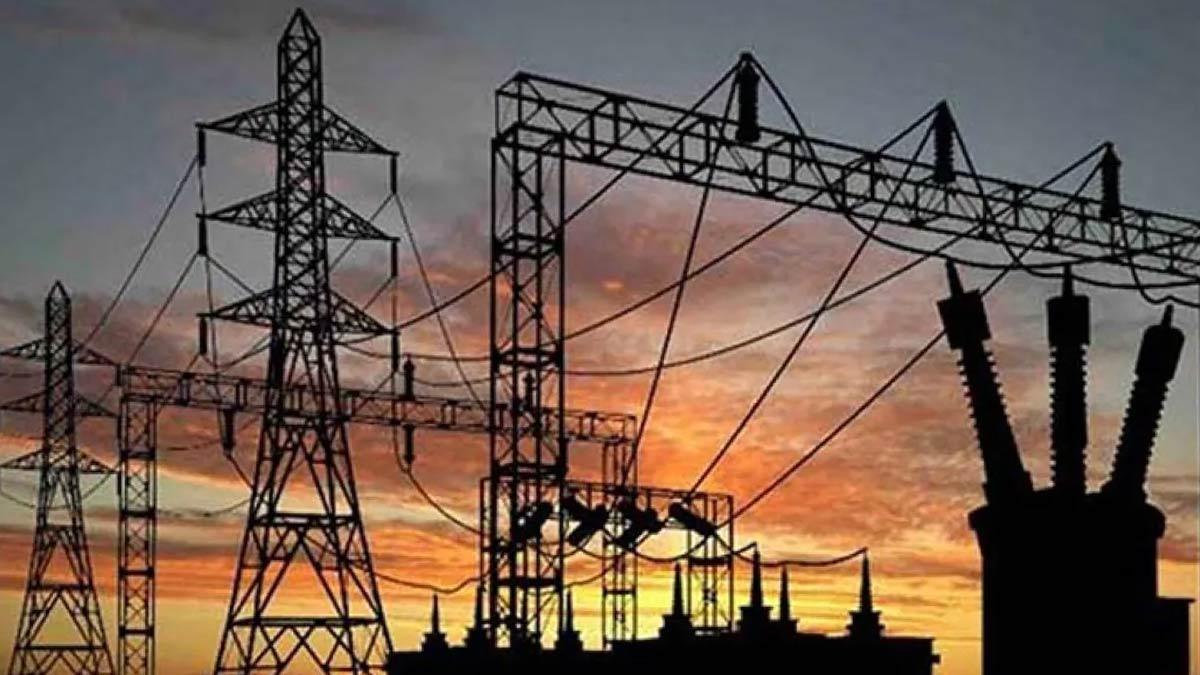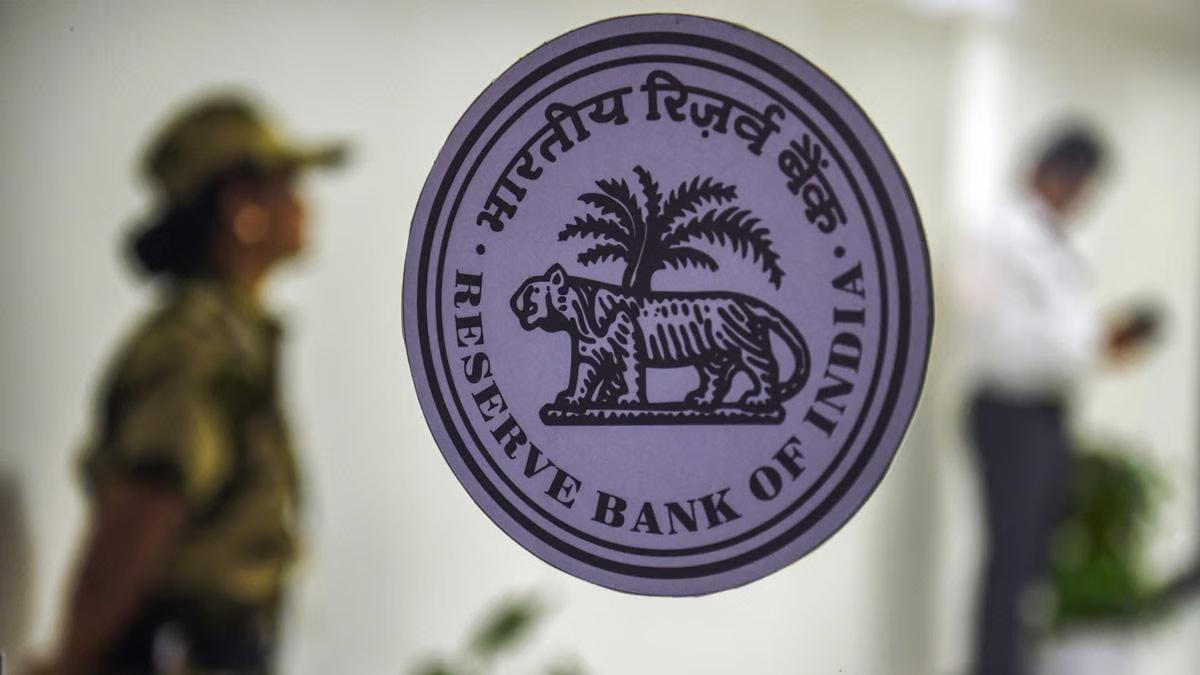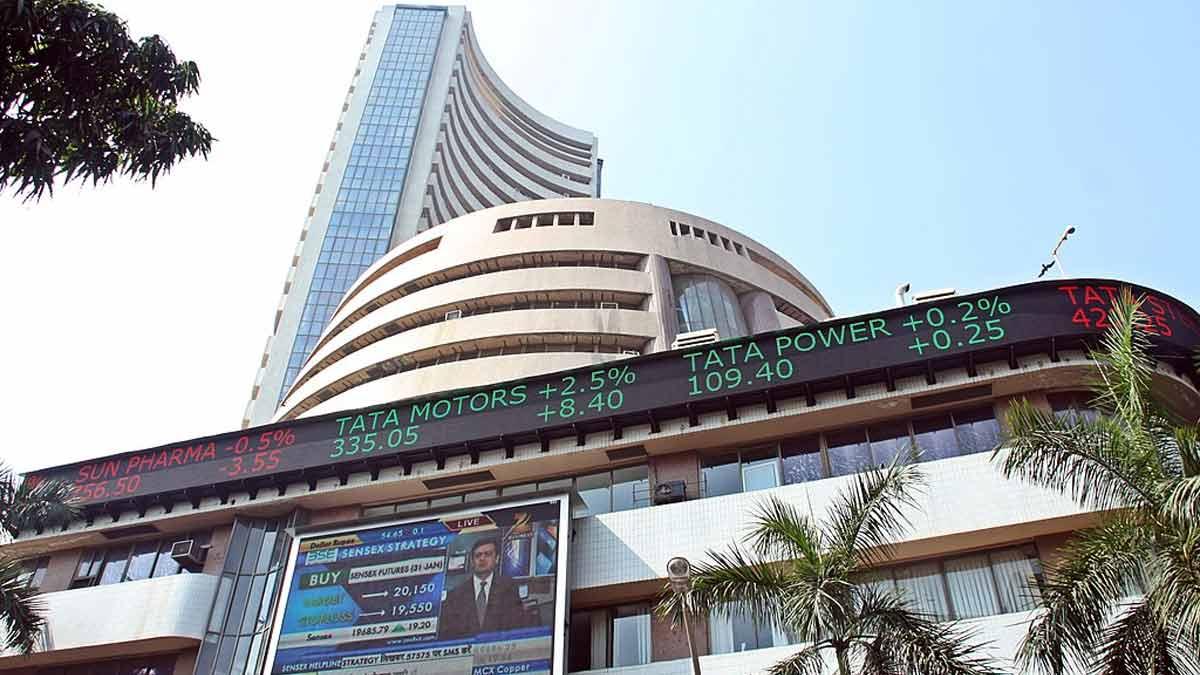Power consumption in India spiked in March as the temperature increased and industrial and commercial consumers' demand skyrocketed, a Crisil Intelligence report published on Thursday said.
The average monthly temperature was 25.5 degrees Celsius, higher than the 30-year (1991-2020) normal of 24.71 degrees Celsius.
Western and central eastern India experienced 1-5 heatwave days in the month. Consequently, power demand increased by 6.9 per cent, a full 50 per cent above last year's full-year average at 4.3 per cent. Power demand in the west increased by 10 per cent compared to last year as some areas in Gujarat saw six heatwave days.
The report points out that seasonally adjusted India PMI, a proxy to gauge the industrial activity of the country, increased from 56.3 in February to 58.1 in March, the highest since last eight months. The reading in the latest period indicated a significant improvement in the health of the manufacturing sector above its long-run average.
With almost half of India's power requirement coming from industrial and commercial customers, the growth of allied activities is necessary for power requirement to keep growing, says the report.
More cooling demands accelerated peak power demand to 235 GW, which was an increment of 14 GW compared to the earlier fiscal. The ramifications of the uptick filtered into the short-term power market also.
The real-time market (RTM) volume increased by 34 per cent year on year to 3,727 million units (MU). The percentage of RTM in total electricity volume traded on the IEX increased to a high of 33 per cent, while the average stood at 24 per cent since its launch in June 2020 to March 2025. In spite of the jump in volume, the average market-clearing price for March 2025 was steady at Rs 3.93/unit against Rs 3.91/unit on account of the rise in power supply.
Power generation surged 8 per cent year-on-year to 161 billion units (BU) in March, as per the power demand. Yet, with respect to the last month of February, the increase was greater at 13 per cent.
Fuels overall increased over 5 per cent in March. Power generation from coal increased 6.7 per cent in March this year on a high base of 9.4 per cent in March 2024 to 120 BU. The fuel contributed 75 per cent of the overall power generation, underlining India's ongoing dependence on coal in periods of increase in power demand.
This was followed by renewable energy (RE), which jumped 15.4 per cent on-year on a high base of 11.4 per cent in the earlier fiscal. RE share in the fuel mix during the month also went up to 14 per cent from 12.7 per cent in March 2024, highlighting the nation's push to achieve its COP26 goals.
Generation of hydro and nuclear power increased 33 per cent and 17 per cent on-year, while the fuels added 6 per cent and 3 per cent, respectively.
Despatches of coal – the main feedstock used to produce electricity in India – to power stations jumped 6.25 per cent in March and 6 per cent on-year during fiscal 2025, enhancing inventories.
As of March 31, thermal power plants possessed 58 million tonnes (MT) of coal inventory, whereas a year earlier it was 51 MT. Coal inventory became better at 20 days as of March 31, against 18 days in March 2024 and 19 days in February 2025.
In general, power demand increased 4.3 per cent on-year in fiscal 2025 to 1,695, after three consecutive years of high growth with a CAGR of 7.1 per cent over fiscals 2022-2024.
For Q1 (April-June) of fiscal 2026, Crisil Intelligence forecasts power demand to increase 6.5-7.5 per cent from the corresponding period a year ago, compared with 11 per cent in the last fiscal. With the India Meteorological Department anticipating a more than 50 per cent chance of above-normal temperatures in the hot months of April, May and June, cooling demand should pick up.
Read also| India, UK Reaffirm Commitment to Free Trade Pact and Strengthening Supply Chains
Read also| India offers a compelling growth opportunity for foreign banks, Says FM Sitharaman


















